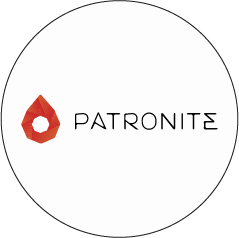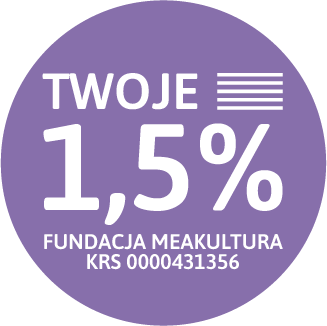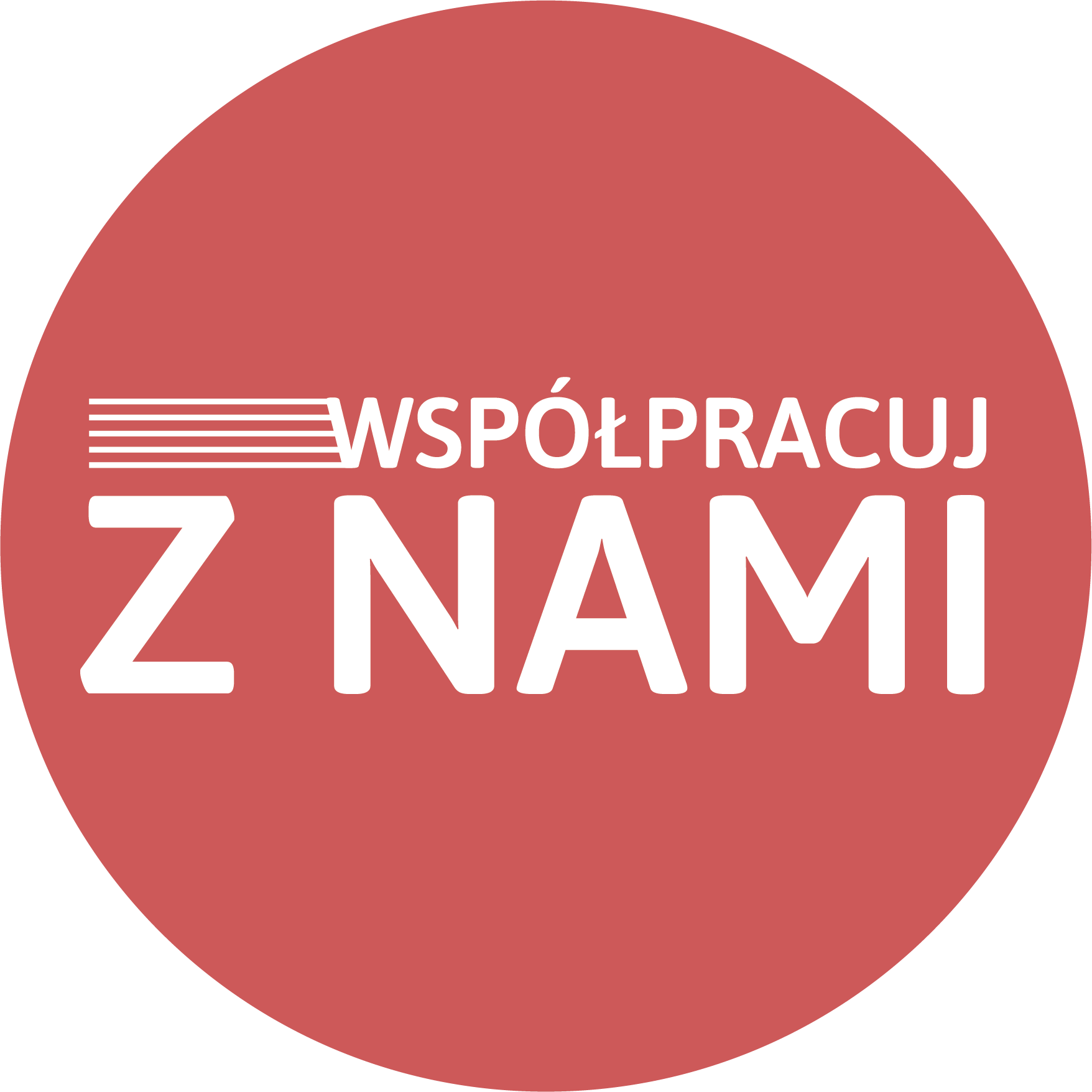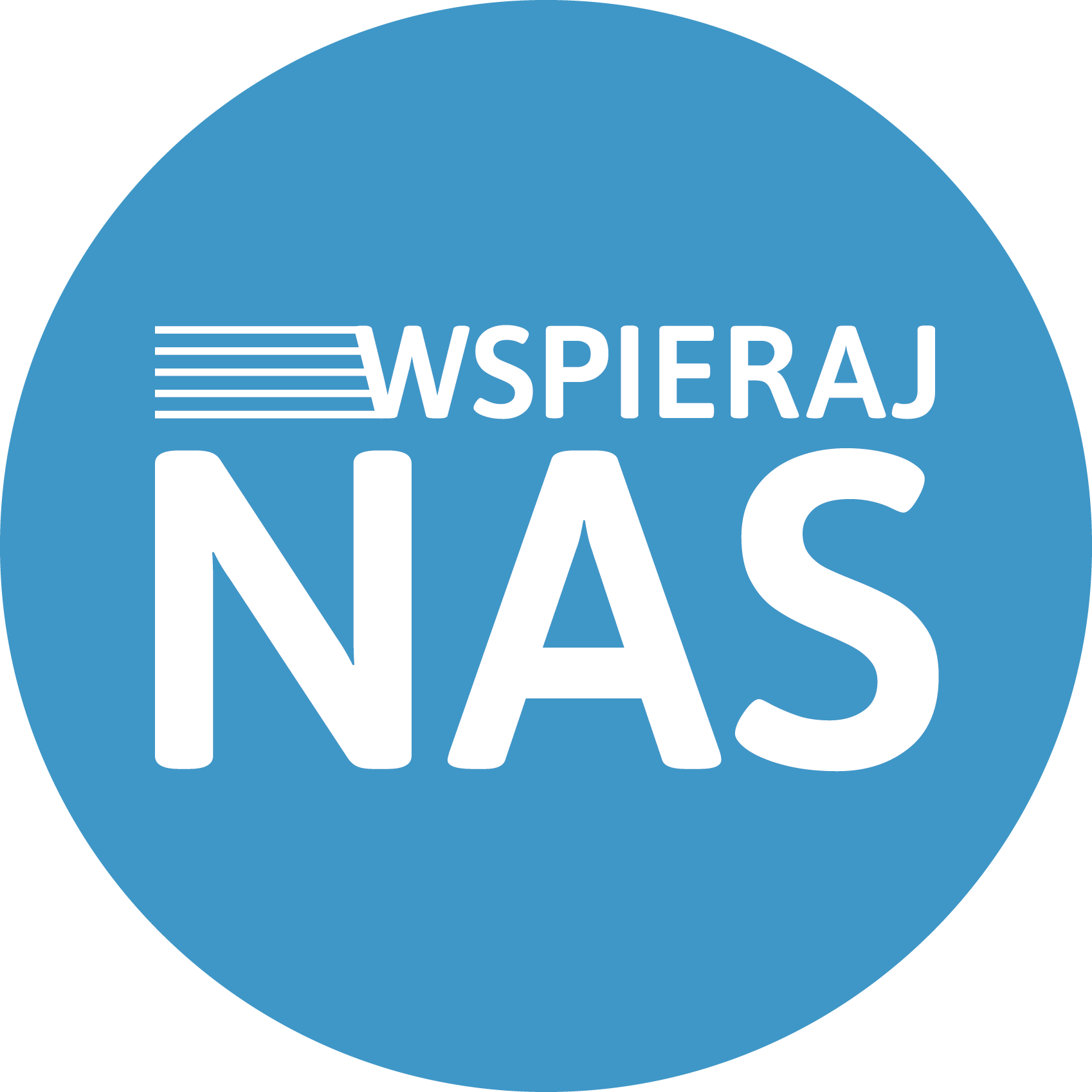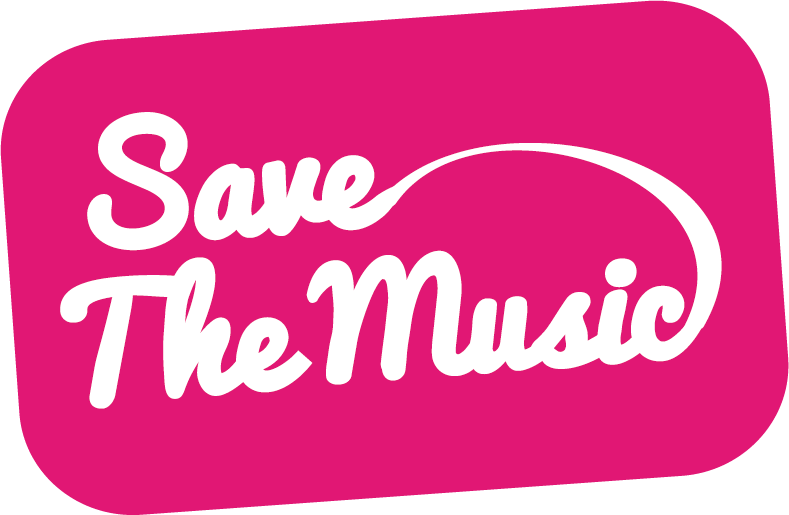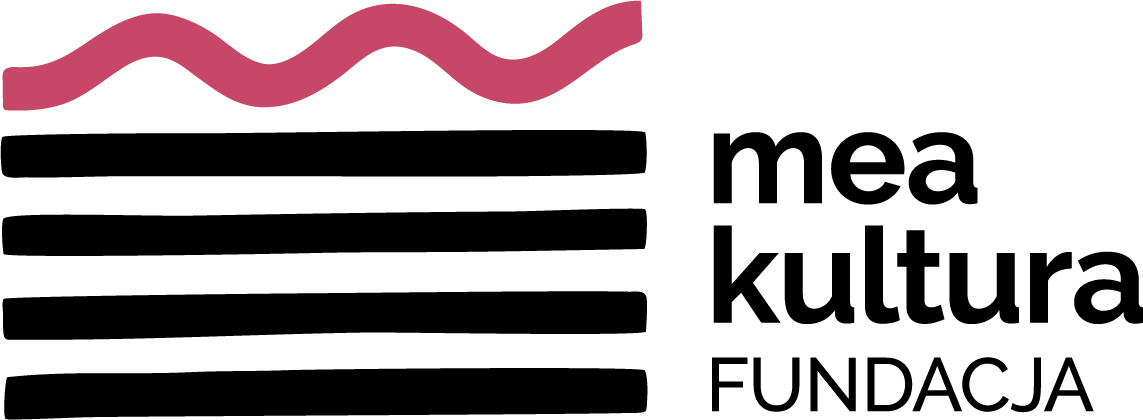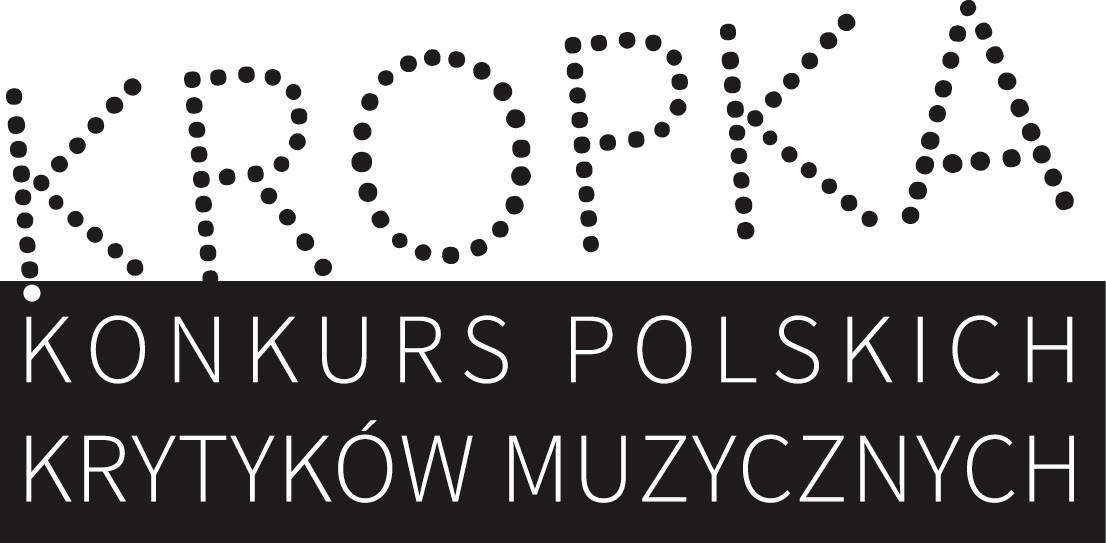Joanna Bailie – mieszkająca w Berlinie kompozytorka i artystka dźwiękowa. W swojej twórczości bazuje głównie na nagraniach terenowych, które łączy z muzyką wykonywaną na żywo. Zainteresowana jest transkrypcją pejzażu dźwiękowego, wzajemnym oddziaływaniem sfer audio i wideo oraz doświadczeniem camera obscura. Jej muzyka wykonywana była podczas licznych festiwali muzyki nowej. Wykładowczyni m.in. Królewskiej Akademii Muzycznej Aarhus i 47. edycji Międzynarodowych Letnich Kursów Nowej Muzyki w Darmstadt. Jeden z założycieli Plus-Minus Ensemble. Rozmowa odbyła się podczas Elementi8: EKRAN.
Anna Gluc: How do you work with your music? Do you trust your inner conception of sound or do you try different samples beforehand?
Joanna Bailie: Far more the last thing. I don’t work from the inside, I work from the outside. Often the first thing that I do when I write a piece is either take an existing sound (maybe it’s a CD recording of Brahms) or I go out and make a field recording of something (of the street, some bells, children’s playground, anything) and these bits of stuff, these sounds and often images from the outside world, they’re the beginning of the piece, and then, I try to make some kind of musical, compositional narrative, using this material from the outside.
A.G.: You’ve mentioned Brahms. You used a quotation from his 1st „Symphony in Symphony-Street-Souvenir”. Why this particular quote?
J.B.: I had an idea that I wanted to try different types of material and just slow them down continuously to see what happened. The piece is an homage to an Italian composer, Aldo Clementi, who always slowed things down, but in a rallentando kind of way, not in the electronic music sense of slowing down and lowering the pitch. He liked slowing things down, he liked carillons, music boxes, and his favourite composer was Brahms. I did try different symphonies by other classical composers, I tried Mozart’s no.40, I tried Beethoven, but in fact this is the one that gave me the best result. What I wanted to achieve was the idea of a symphony, but for no-one to be able to recognise it exactly (unless they really knew it). I wanted to change the character of the music and I used trial and error to find the best source material. I use trial and error a lot in my music.

Joanna Bailie, i Symphony; https://joannabailie.com/files/5714/8647/6282/symph_2016.pdf
A.G.: You once said that you had been an electronic music composer long before you started to compose electronically. When and why did you start and what does it mean to be an electronic music composer?
J.B.: I did the sonology course in the Royal Conservatory of The Hague (1995-1996). My teacher sent me there telling me that I needed to do an electronic music course, he was just absolutely certain. At that time nobody had a fantastic home computer, the only ones I could work with were those in the Sonology Departament. So it wasn’t that interesting for me to go there and sit in a computer lab. I went to the lectures that were on electronic music, where I absorbed some ideas to do with thinking about sound first, not quite scientifically, but bearing in mind the scientific qualities of the sound. Somehow it must have gone into my mind, but it took me a while to have the opportunity to put together all the equipment that I needed to make electronic music, especially electronic music that went with live instruments, because I was poor. I needed a computer, sound card, microphones. But even before I began this process, I thought electronically.
My teacher always told me that I compose my instrumental music electronically, rather than idiomatically, thinking about sounds changing, and masses of sound, and textures changing.
A.G.: I am curious about the texture in your music. You once said that hearing Ligeti’s „Lontano” at the age of 20 was a kind of revelation for you. When I listen to fragments of your music, for example „Symphony-Street-Souvenir”, I think of the changing of textural shapes and different harmonic planes there. Is texture an important parameter for you?
J.B.: Probably not instrumental texture anymore. It used to be a very important thing for me, but in a way, in terms of timbre and texture, the electronic part has replaced instrumental music and nowadays often, but not always, the instrumental part is doing something relatively simple and the timbres and the textures are relatively simple. They are picking out harmonics and are finding things to stick to in the electronic sound. So it used to be an important parameter in terms of my instrumental writing, but now I think I leave it to the electronic part… In a field recording there are infinitely complex changes in timbre and texture.
A.G.: Actually I thought about texture rather in a spatial context. As a kind of a third dimension in music (next to pitch and time). Do you think about texture in a spatial context? How would you define space in music?
J.B.: That’s hard. There is a kind of conceptual space, isn’t there? Even if there is no reason to do this, we think of low notes as being down and high notes as being up. There’s a very interesting short story written in the early 20th century by an English science-fiction writer, Olaf Stapledon, The World of Sounds, where a man dreams that he is in a world made of sound and then all the sounds are given parameters of up and down, and sideways, and thin and thick, and it’s quite interesting to read that, because it was written long before anybody started doing that type of work.
But there is a space going alongside from left to right and behind and in front. I’m not one of these composers obsessed with spatial things in music, I generally stay away from it, because I don’t feel like it’s a very strong parameter (for me anyway) and I really hate it when sound is manipulated extensively in terms of space using lots of loudspeakers. Although I like the idea of being put into the environment and put into another sound world…
A.G.: But still it is a sort of space… You feel either the distance, or closeness… How does it influence the process of your field recording? How do you use the microphones?
J.B.: What I use are omni-directional microphones. I clip them to myself so that nobody notices what I’m doing, otherwise people would come and start talking to me and then they would ruin the recording. So I use omni-directional microphones not just because they are discreet, but also because they give a kind of three dimensional sound without making any preference for any particular spot. I don’t point the microphones, because I can’t. I can get a little bit closer to the source of sound, but I don’t use directional microphones when I’m recording, although maybe that’s something I would like to try… So I get a kind of general sound.
I like sounds where you’re in a place and you can hear things from far away. There is a park in Berlin for instance where you can hear all sorts of sound coming from quite a distance. You can hear some cars, you can hear the S-Bahn, you can hear the birds a little bit closer up… I like distant noises and transparent soundscapes.
A.G.: When and why did you start to work with audio-visual material?
J.B.: The first piece that I did is Analogue (2011)[1] for camera obscura and ensemble. It’s hard to say how it began exactly, probably I’ve always had a major desire to make visual work. I just didn’t study it and it came out at a later time. My mother was a visual artist, she wasn’t particularly famous, but she loved art and even when I was a little girl, she dragged me kicking and screaming to galleries. That had an influence on me. I remember that when I was 17 (a little bit older and not screaming), we went to an exhibition, we wanted to see different things, so we split up. I went into a kind of dark space behind a corner, it was really, really dark, and I was not quite sure whether I was supposed to be there. There was a three-channel video-sound installation by the American film-maker Bill Viola, I was completely blown away by it. It was very difficult to see, it was really quite a low level of light, and there was not so much sound, but things came into view every now and again. It was actually a scary piece as well and I found it completely amazing. I told my mother about it, she went in, but she didn’t understand what I was talking about. But that was quite an early exposure to video-art.
Another exhibition I went to was when I was 25 or 26. It was an exhibition about art and illusion at another gallery in London. There was a strange kind of box-hut just outside the gallery overlooking Waterloo Bridge. I went in and then I saw on the screen that the world was upside down, and that was my first camera obscura experience, and again it was a completely sensory experience, I was overwhelmed by it. At that moment I realised that I was going to try to make something with camera obscura.
A.G.: How much time did you need to „visualise” your idea?
J.B.: Before I wrote Analogue (2011) I started a project with a friend of mine in 2007 and that’s how we learned to make a theatre-based camera obscura, we did a piece with it. It wasn’t really a music piece, but sort of a performance piece. Then I thought: oh why not, the new music world could do with a camera obscura piece. But these things take a long time to happen. In a composition – you think: Oh God, I’m not allowed to do stuff like that, I’m not allowed to make a video, I’m not allowed to use visual materials. Certainly 15 years ago I had the impression that I had to make instrumental music and that I shouldn’t stray from this path. Everything is different now.
A.G.: Yes, that’s true, many composers do use audio-visual elements now, we are even meeting here during a conference that has „screen” as the main topic. Do you feel that the screen became part of our culture?
J.B.: I was at Darmstadt last time in 2018, in fact I was on the jury there. I was talking with a composer-friend. There was a big division happening there. There were kinds of multi-media-, theatrical-performance-based works and „normal” new music. A lot of „normal” new music composers, especially the old-guard and some of the musicians said that they did not fit into this world anymore. My friend said that they were exaggerating, because no more than 10-15% of the work there went beyond „normal”, instrumental composition. It is a relatively small amount of things being produced, although I wouldn’t like to guess the statistics.
A.G.: You have mentioned that you create the visual parts by yourself. But you have had a few collaborations, haven’t you?
J.B.: There was a Klangforum Wien project last year, where I worked with animation maker Susi Jirkuff on the piece Vermessung der Distanz. But it wasn’t a choice. She was great, but we were put together like on a blind date. That was fine, I liked her work, we were lucky that we suited each other. But it was because of the project and it was a situation, where I felt that I couldn’t turn Klangforum Wien down, because it was my chance to work with them and that was important. I thought: I like films, I’ll see what happens, let’s make a project. But normally I wouldn’t choose to work with other people.
A.G.: You also did a couple of installations…
J.B.: Yes but not so many. I do what I’m asked to do. Which can be a little bit of a problem sometimes. I would like to make more installations, but I’m asked to do concert pieces.
A.G.: What is the biggest difference in the working process between making installations, audio-visual music, and electronic music pieces?
J.B.: I think that I try to approach everything in the same way. Generally a concept has to come up somewhere near the beginning of the process, otherwise I feel that I’m completely at sea if I don’t have any idea what exactly I want to happen. I think with installations it’s obviously an important thing that the people should go in, and whatever they experience should be interesting in and of itself. Not necessarily something looping but they should be able to experience something whenever they walk in and however long they stay, so…
A.G.: So you need to „freeze” time there?
J.B.: Sometimes I do freeze sound, that’s a technique that I used to use quite a bit, but not necessarily „freezing time”… I had one installation and that was a camera obscura installation, but not a theatrical one, but an outside one. The world was the image [The place you can see and hear (2012)][2]. And I put the microphones outside, then their output went through a kind of 15 min looping score on the computer. Although it loops, the material that’s going in is always changing. So it’s very site specific and very time specific as well…
A.G.: And what about cooperation with other musicians? In 2003 you founded the Plus Minus Ensemble with Matthew Shlomowitz. Did your work there change during that time? How did the Ensemble change during those almost 20 years of existence?
J.B.: Yes, my role has changed. I just help with the website and with writing some of the applications right now. But I stopped being the artistic director. It was getting a bit difficult, because I wasn’t in the UK at all. So Matthew is now doing it with two of the other members (musicians). It is a set group of musicians. During the last 17 years it has changed a little bit, although there are some people who have been there since the beginning, the clarinet player Vicky Wright, the piano player Mark Knoop, another piano player Roderick Chadwick and the guitar player Tom Pauwels.
A.G.: Yours and Mathew’s music is totally different. What led you to the decision of starting a new music ensemble?
J.B.: Believe it or not, he is probably my best friend (laugh). We are very different. Certainly there is a big cross-over in the things we are interested in. There are the things that I like and he doesn’t like and vice versa. We have more in common than people might imagine. At the beginning we felt that we would just try to fill a hole, actually putting on the music in the UK that we didn’t hear anybody else playing. I think we were the first people to play Peter Ablinger, Simon Steen-Andersen, Alexander Schubert and Trond Reinholdtsen in the UK. Because the UK music scene, the establishment, and the people who get all the money are very conservative. They are trying not to be quite as conservative as they used to be, but still it is a kind of a very light modernism. We didn’t want to play this kind of music.
A.G.: While listening to your „Artificial Environments” I felt that it is a composition about composing, a sort of a meta-composition. You comment on the musical material there. Is it an ironic work or do you feel that contemporary music needs this sort of commentary?
J.B.: That piece is quite old (it is from 2011). The idea is to take the electronic processing of sound and imagine it as a sort of science fiction universe in which sound would behave in various ways. So there is something a little bit ironic there. Something half-way between ironic and poetic. But I don’t know whether I would like to make something like that again.
A.G.: Let’s stay around notion of meta-composition pieces. There are plenty of them in history, when the musical plot corresponds so profoundly with the musical material (from de Machaut’s „Ma fin est mon commencement” to Grisey’s „L’icone paradoxale”). Do you see any parallel between these sorts of compositions and contemporary music pieces such as Johannes Kreidler’s „Fremdarbeit”, or the „Lecture about Listening to Music” by Matthew?
J.B.: Fremdarbeit – I love that piece, it really does have layers… When it comes to Matthew’s pieces (especially the Lecture pieces) they are a little bit more earnest. He wants to combine thinking about music and listening to it at the same time. [Compared to Kreidler] there is no layer of deep irony (and that’s not a bad thing).
A.G.: And what would you say about comparison of „Lecture Pieces” and „Artificial Environments”. Both are about sound and listening. If I think of your pieces, I still hear that sound is your prime material. Am I right, or do you sometimes feel that the other layers become more important for you?
J.B.: The things that are most important for me are the perceptual things that happen when you see and hear things, especially when you see and hear things together.
So it’s really a perceptual, experiential kind of work. I think maybe Artificial Environment Nos. 1-5 are a bit different from the other pieces because of this „meta” layer. But I haven’t really gone back there again to that super-meta approach. It’s not quite what I want to express. Like Matthew I’m a little bit more earnest. I want to show people the world and for them to have an interesting perceptual experience when they hear and see the thing that I have made.
A.G.: I would like to talk a little bit more about those pieces. For me they’re brilliant, there are a lot of technical things happening inside them. Such as using dynamics as a rhythmic element in „No. 5”. Do you often change the context of musical elements in your works?
J.B.: I think No. 5 [3] emerged from a desire to combine multiple field recordings in one movement (all the others only have one “subject”). The recordings in that movement: the carousel at London Zoo, bells, the accordion busker and the Turkish Wedding are not supposed to be related to each other in terms of what the original context might mean (though they are all music in public places), but somehow I wanted to make something else from them. So I devised a rhythmic framework for placing and alternating these materials, and I think in the end the focus is on the rhythm of the dynamic changes and the colours of the field recordings. I try to turn them into a completely different kind of music. I used this technique again in Vermessung der Distanz, where I think it suited Susi’s approach to animation.
A.G.: You’re interested in transcribing musical soundscape, what are the sources of that interest?
J.B.: I started the practice of transcribing back in 2001 when I wrote a piece called 5 Famous Adagios. The piece was made using processed electronics and at the time I didn’t have the equipment or know-how to put these electronics in a concert situation, so I simply transcribed them as best as I could for the instruments. Transcription is quite closely related to other aspects of my practice because it’s about taking something from one context and putting it into another, copying it, however imperfectly. Maybe I like this difference, be it explicit or implied between the original ‘real’ thing and whatever it is that we listen to or see in the concert situation. Also, transcription, or at least partial transcription (and my transcriptions are very incomplete!) is a way of bonding the electronics to the live instruments. It is the resemblances between the electronic part and the instrumental part that joins them together.
A.G.: Your music is somehow timeless, spatial, static. It is probably because you avoid emphasizing the parameter of rhythm. For me creating such large, stable timbral planes suggests a nostalgic feeling. Would you consider your music nostalgic?
J.B.: It’s very, very nostalgic. I wrote my Ph.D. in 2018 and there is a long section about nostalgia. Do you know the book by Svetlana Boym? She talks about two kinds of nostalgia: restorative and reflective. The second just dwells on the idea that everything passes…
A.G.: In her book she also examines the feeling of nostalgia in a few post-communist cities. You live in Berlin. Is there anything particularly nostalgic about the city?
J.B.: I don’t know whether it is in terms of sound. Maybe the sound of the S-Bahn is a little bit nostalgic. It’s turning up in everything I do now, it is just everywhere. It has a very particular sound… Berlin is quite a nostalgic city, I think you feel all the history that has gone on there. It’s a very beautiful place. I went there for the first time in 2000, with Matthew actually, and it has changed so much since that time. The center was really, really nice and now it is a little bit touristy… but still there is a lot of history there. You can get nostalgic about that. It can be something very personal.
A.G.: You can get nostalgic about sound. When I listen to „Artificial Environment No. 3” I feel really nostalgic. What sort of field recordings do you work with? Do you use your own material or do you also employ historical ones?
J.B.: I usually use the ones I make myself. But I have to make a piece next year about the 19th century, it’s about the photographer Edweard Muybridge and I found a very old recording of a piece of music going back to 1892, so as early as you can get.
I also made a film The Grand Tour (2015)[4]. The photographs in the film are pictures of my dad. He used to work at Encyclopaedia Britannica in the 1960s and I had some pictures of him sitting next to the typewriters with his colleagues. I had no field recordings from that time and I wanted to match field recordings and pieces of music with the photographs. And I thought, what can I do with this? I don’t have a time-machine to go back to the 1960s to find the sound of an office, so then I had to take the soundtrack of a film made in the 70s, which has a lot of typewriter sounds in it. And that was a time, when I needed an archive for a field-recording that I didn’t have. But maybe it’s an idea to work with archive recordings in future works. But generally I like to make things with stuff that I recorded myself, so that I have a close connection with the material.
A.G.: So you feel a sort of intimate connection with the recordings you make?
J.B.: A little bit yes. It’s my experience and then I’m sharing my experience with the audience in a different way.
A.G.: We’ve already talked about history, tell me what the basic concept of „Roll Call” (2018) is? The histories there are probably not real… Are you interested in showing individual, imagined stories…?
J.B.: It’s a huge photograph, about one meter long. In fact my father is in this photograph. So he is the first person the pianist talks about. That’s the person called John, he does not have any surname, he’s got quite a long, real biography. Everything else is made-up. The history of this piece is actually quite sad. I found the photograph when I had to clear out my parents’ house because they were both dead. I found the photograph at the back of the drawer and it was really a horrible, sad time, but this photograph just came out, and I thought – there’s a piece inside this photograph. And that was the only bright spot during this very unpleasant week. First of all I made a kind of installation with three-channel video, three films that slowly panned through the photograph with a (manipulated) song from the 1940s. And I didn’t really feel that I got to the heart of the thing that interested me the most about this photograph, which was all of the unexplained lives, and futures, and possibilities that are in there. What happened to all of these people? And of course it’s not possible to find that out…
A.G.: It’s also very nostalgic, isn’t it?
J.B.: I’m a middle-aged person and I think that nostalgia has really begun to kick in… and now I find it a very important part of my work. It doesn’t have to be a negative sentimental nostalgia. Someone told me that I’m Benjaminian and maybe it’s that.
A.G.: So we could say that there are a lot of fields in your output, where nostalgia could be found. The first would be your interest in the past, the second would be the general time parameter in your works. Do you think that nostalgia could be ascribed to the other parameters of your work? Do you feel that nostalgia has its own timbre?
J.B.: It certainly has a colour. And that’s something that interests me a lot, trying to find the colour of an experience or a situation. I dream a lot and I try to write down my dreams as well, I feel that each dream has a particular, as you said, timbre, which is very difficult to explain. But I remember that I felt it. If I could find a way of conveying these feelings of places and times having timbres I would be very happy, but I don’t think I am there yet.
Recently I did another interview with a friend of mine. I talked about a program that I watched when I was a girl called „Top of the Pops”, which was a weekly show where all of the pop-songs were played from the charts in the UK. I must have started watching in about 1979. I think it was that show in particular that gave me a feeling of the era that I was living in. Nothing else. I mean you go to primary school, you write poems, you do paintings, and that does not have a time really. You know, the songs from the ska revival in the late 70s in the UK. That really has a colour. This kind of new wave music, that also really has a colour, watching this programme I really got the sense of this being the time I was living in. A few of them are on Youtube, I watch them religiously at the moment, trying to find the idea of an age, of an era that I remember and how I remember it, and how I feel when I see the programs again.
A.G.: Do you think that in the recording practice of that time there is a certain colour?
J.B.: Sure. That’s the sound of pop bands. Pop bands „have a sound”. A few years ago, Martin Schüttler asked a lot of composers to see what it meant to them to have a sound in a pop music sense, so like a production sound. The way that producers in 1979 might have used reverb (for example). I don’t have an answer for him and I’m not sure if I have an answer for you. But it is something that interests me. When I watch all those bands again from 1979-1981 I reevaluate them a little bit. There was one band, which was hugely popular at that time and they just split up after a while, called Adam & The Ants. They had one song basically, but they had a very strong sound, I guess it was a combination of production values and instrumentation, because they had two drummers. So yeah, this topic interests me a lot but I think I’m just on the surface of what that could mean to me. I’m also playing with my memory of 1979 and I’m not sure if I remember it correctly, because I was six.
A.G.: A person creating music nowadays has a lot of possibilities. How would you define a composition?
J.B.: Arranging things in time, most probably with sound as well (laugh). However, there is a Hong-Kong-American composer called Viola Yip, who makes completely silent pieces just with light, but it’s very rhythmic and may even suggest music, even if there is no sound. If I make films, I try to bring a compositional idea of how to deal with time and form to those visual materials. In composition things that the audience actually hears are also very important. Listeners make their own composition when they listen to my work. They have the freedom to start listening, to interpret things however they want, to stop listening, when they get bored, to turn their head to the left or right, and there’s nothing I can do about that, it’s their freedom.
Pełna lista tekstów:
Wywiady:
- Olga Demeter – Kompozytor zawsze jest współczesny (wobec własnej współczesności) – wywiad z Krzysztofem Szwajgierem
- Anna Gluc – The Colour of Nostalgia: an Interview with Joanna Bailie
Recenzje:
- Gabriela Jarosz – Słuchać czy oglądać? Dylematy współczesnego widza
- Jan Niezgoda – Które koło roweru jest ważniejsze? Refleksje o warstwie muzycznej i wizualnej podczas Elementi8
Felietony:
- Paweł Przybyła – Ekrany potencjalności
- Mateusz Śmigasiewicz – Rewolucja cyfrowa a warsztat kompozytora/kompozytorki
Edukatornia:
- Łukasz Tryba – Projekcja w operze
- Paweł Malinowski – Film jako materiał dźwiękowy
Publikacje:
- Viecheslav Kyrylov – Teoria przywołania
- Olgierd Deprati – Multimedia w kontekście dekonstrukcji. „Non si puo fuggire. Ciaccona” Andrzeja Kwiecińskiego oraz „Untitled Folder” Piotra Peszata
Partnerem Meakultura.pl jest Fundusz Popierania Twórczości Stowarzyszenia Autorów ZAiKS


